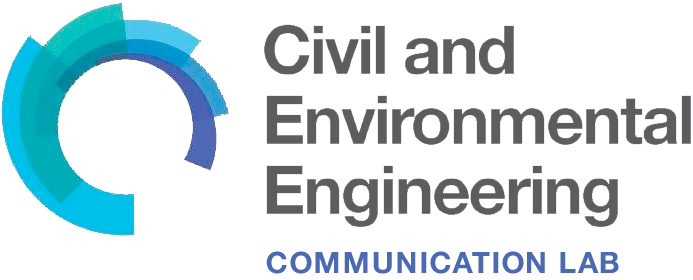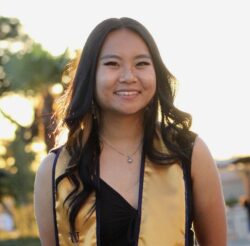


I created a peer support group for faculty applications, and here’s what worked well
November 4, 2024 Faculty applications can be daunting. Drafting your application package. Putting your vision out there for hiring committees to evaluate. Getting your hopes up and being rejected or possibly never hearing back. One thing to keep in mind is: you’re not alone. If you’re in need of a sounding board or second set of eyes, and… View Article
My journey applying to U.S. grad schools as a U.S. citizen straight from undergrad
October 21, 2024 So, you’re thinking about applying to grad school in the U.S. and you’re still an undergrad? Kudos to you for planning ahead! Applying for graduate school can feel like a monumental task, but with a strategic approach you can navigate the process smoothly and confidently. Before delving into the details of my process, here’s the… View Article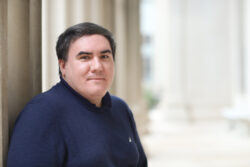
My journey applying to U.S. grad schools as an international student
September 25, 2024 Studying abroad is becoming increasingly frequent, but applying to grad school in another country is still a challenging experience. I was born and raised in Argentina, where I completed my undergraduate studies. I didn’t have a close relative or friend who had gone through the experience of studying abroad, so the idea seemed ambitious and… View Article
Reflecting on my years as a CEE Communication Fellow
September 20, 2024 After four and a half years (and 158 coaching appointments!), my role as a CEE Communication Fellow is coming to an end. Our Comm Lab manager, Jared, suggested I write up some thoughts on my time in this position, and I considered this an excellent opportunity to say goodbye to the lab and reflect on… View Article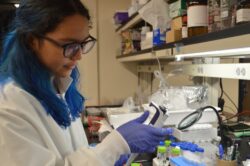
CEE Comm Lab helps first-year undergraduates present scientific research
March 27, 2024 The following is a modified excerpt from the MIT News article, “First-year MIT students gain hands-on research experience in supportive peer community” by Callie Ayoub. During MIT’s Independent Activities Period (IAP) this January, first-year students interested in civil and environmental engineering (CEE) participated in a four-week undergraduate research opportunities program known as the mini-UROP (1.097)…. View Article
Transitions: A Quick Tip to Make Your Presentation Flow
February 9, 2024 We’ve all sat through scientific presentations to find our focus drifting away from the topic at hand, as the patterns in the ceiling tiles suddenly become more interesting than the projected slides. Where does a presenter lose the attention of their audience, and why does this happen? An influential former art history professor of mine,… View Article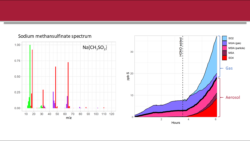
Using Miniature Figures to Enhance Your Conclusion Slides
February 1, 2024 Have you seen a conclusion slide that looks like this? At conferences, such walls of text are often the cue for the audience to take out their phones and check their email as the presenter hurries through a summary of their findings. In the slide shown below, I’ve provided an example of a wall-of-text conclusion… View Article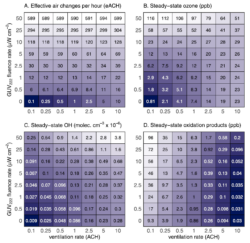
From Paper to Presentation: Redesigning Existing Figures for Slides
January 15, 2024 Scientific figures do not equally suit all contexts. A figure designed for a paper will often be information-dense; multiple panels illustrate multiple ideas, multiple axes and color bars show the impact of numerous variables, annotations highlight specific caveats, and an extensive caption explains the whole thing. This can work well where a figure demonstrates the… View ArticleUsing Generative AI for Your Scientific Writing? Be Aware of Journal Policies
August 27, 2023 For researchers, an important factor to consider when deciding whether to use generative AI for scientific writing are the policies of journals. Publishers’ editorial policies on generative AI range from a ban unless explicit permission is given by the editors (e.g. Science) to the more common position of disclosure in the manuscript (e.g. JAMA Network,… View Article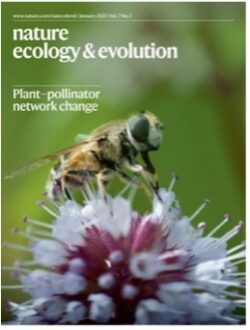
Will Your Article Reach Peer Review?
April 7, 2023 Most researchers are familiar with the peer review process, though some may be less familiar with the preliminary editorial review process. When a journal receives an article, the editors decide whether or not to advance the submission to peer review. After peer review, the editors decide whether or not to publish the article…. View article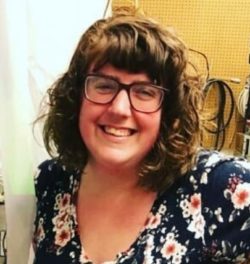
On Finding and Choosing a Postdoc
June 27, 2022 On Finding and Choosing a Postdoc After years of working on your Ph.D. the end is finally in sight! You’ve weighed your options, thought about your career goals, and decided that a postdoctoral position is the next logical step for you. What now? Finding a postdoctoral position can be a challenging and somewhat mysterious task…. View Article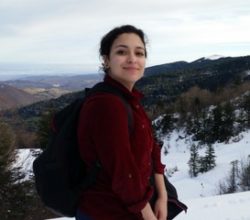
The Comm Lab Models Mutual Learning: Q&A with CEE Comm Lab Fellow Souha El Mousadik
June 23, 2022 Souha El Mousadik is a Civil and Environmental Engineering graduate student in the Environmental Dynamics Lab in MIT’s Mechanical Engineering (MechE) Department. Souha has been with the CEE Communication Lab (CEECL) since May 2021, helping out with workshops, panels, and coaching students and postdocs in the department on various science communication topics. What intrigues or… View Article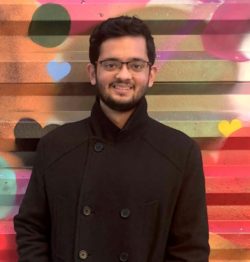
Meaningful Engagements: Q&A with CEE Comm Lab Fellow Sid Pai
May 23, 2022 Sid Pai is a senior graduate student in the Heald Group in MIT’s Civil and Environmental Engineering (CEE) Department. Sid has been with the CEE Communication Lab (CEECL) since May 2021, helping out with workshops, panels, and coaching students and postdocs in the department on various science communication topics. In this post, the second in… View Article
Peer-to-Peer Coaching as a Collaborative Effort: Q&A with CEE Comm Lab Fellow Matti Gralka
May 5, 2022 Matti Gralka is a postdoctoral fellow in the Cordero Lab in CEE and has been with the CEE Communication Lab (CEECL) since its inception in March 2020, leading workshops, panels, and coaching many students and postdocs on various topics surrounding science communication. In this interview, Matti shares insights from his experiences as a CEE Comm… View Article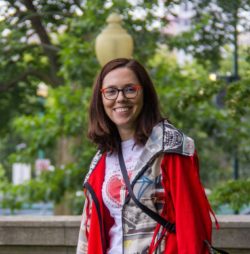
Shedding Light on Faculty Applications: Insights from Assistant Professor Dr. Jasmina Burek
March 30, 2022 Whether you’re considering, preparing for, or in the midst of applying for faculty positions, the faculty job search can be daunting. For many of us, this process means several rounds of applications, with anywhere from 20 to 80 applications each round. Formerly a post-doctoral fellow in the MIT Concrete Sustainability Hub and Materials Systems Lab,… View Article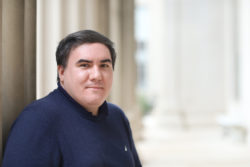
Managing up: how to communicate effectively with your PhD adviser
December 14, 2021 CEE members Lluís Saló-Salgado, Angi Acocella, Ignacio Arzuaga García (Communication Fellow), Souha El Mousadik (Communication Fellow) & Augustine Zvinavashe published a Nature career advice article based on a September 2021 CEE Comm Lab panel event: When you start a PhD, you also begin a professional relationship with your PhD adviser. This is an exciting moment:… View Article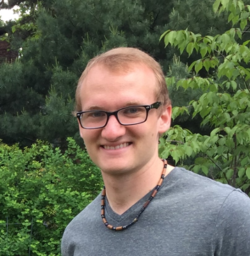
Postdoctoral Fellowship Research Statements: What I Wish I Knew Before Writing
May 25, 2021 You are close to finishing your dissertation and want to continue research as a postdoc. Perhaps you have a partner and you need to carefully select a mutually agreeable geographic location. Maybe you have a PI in mind, but they cannot guarantee funding for you. Postdoctoral fellowships can solve many of these problems because they… View Article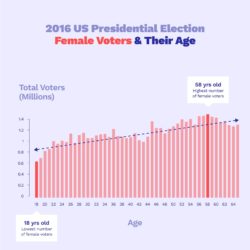
A Designer’s Perspective on Data Visualization
October 8, 2020 As the old saying goes, “Numbers don’t lie.” For journalists, scientists, and designers, these numbers come from data. Data visualizations serve to legitimize claims and have become ubiquitous: flip through a recent issue of the New York Times or the Economist and you’ll find colorful and intricate graphics reminiscent of paper figures. If you are reading this post, you might be familiar with the challenges involved in data visualization.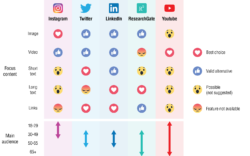
Social Media for Scientists: Build Your Brand
October 5, 2020 To build up a personal brand and have a presence on social media is becoming a must for people interested in developing a career in academia. It helps researchers stand out and increase the visibility of their work. In CEE, a good example of this is Professor Markus Buehler. With almost 4,000 followers on his… View Article
